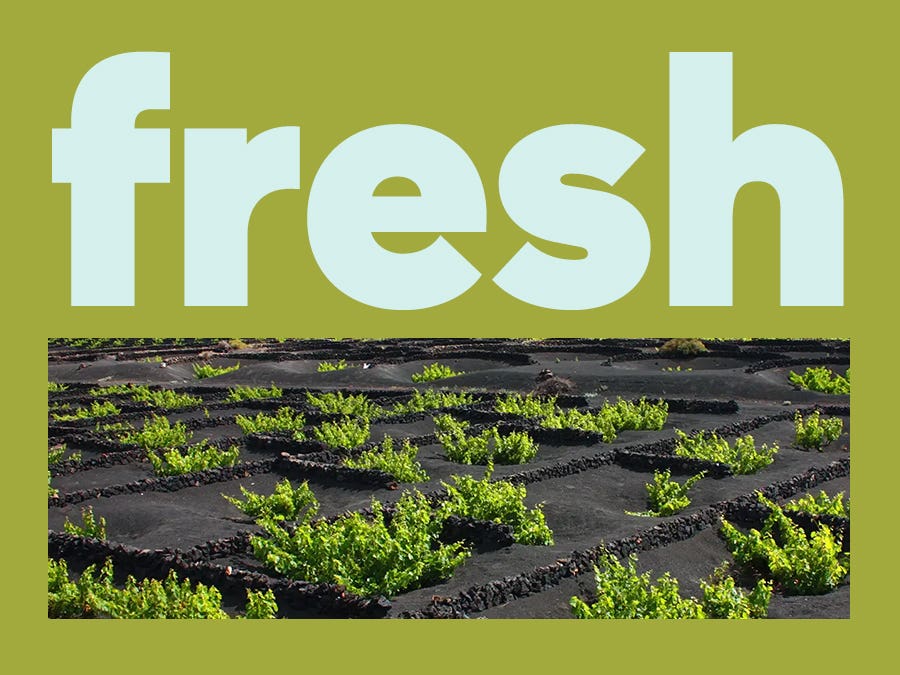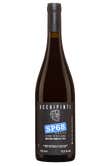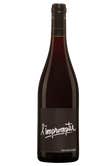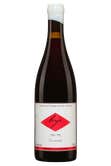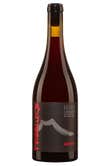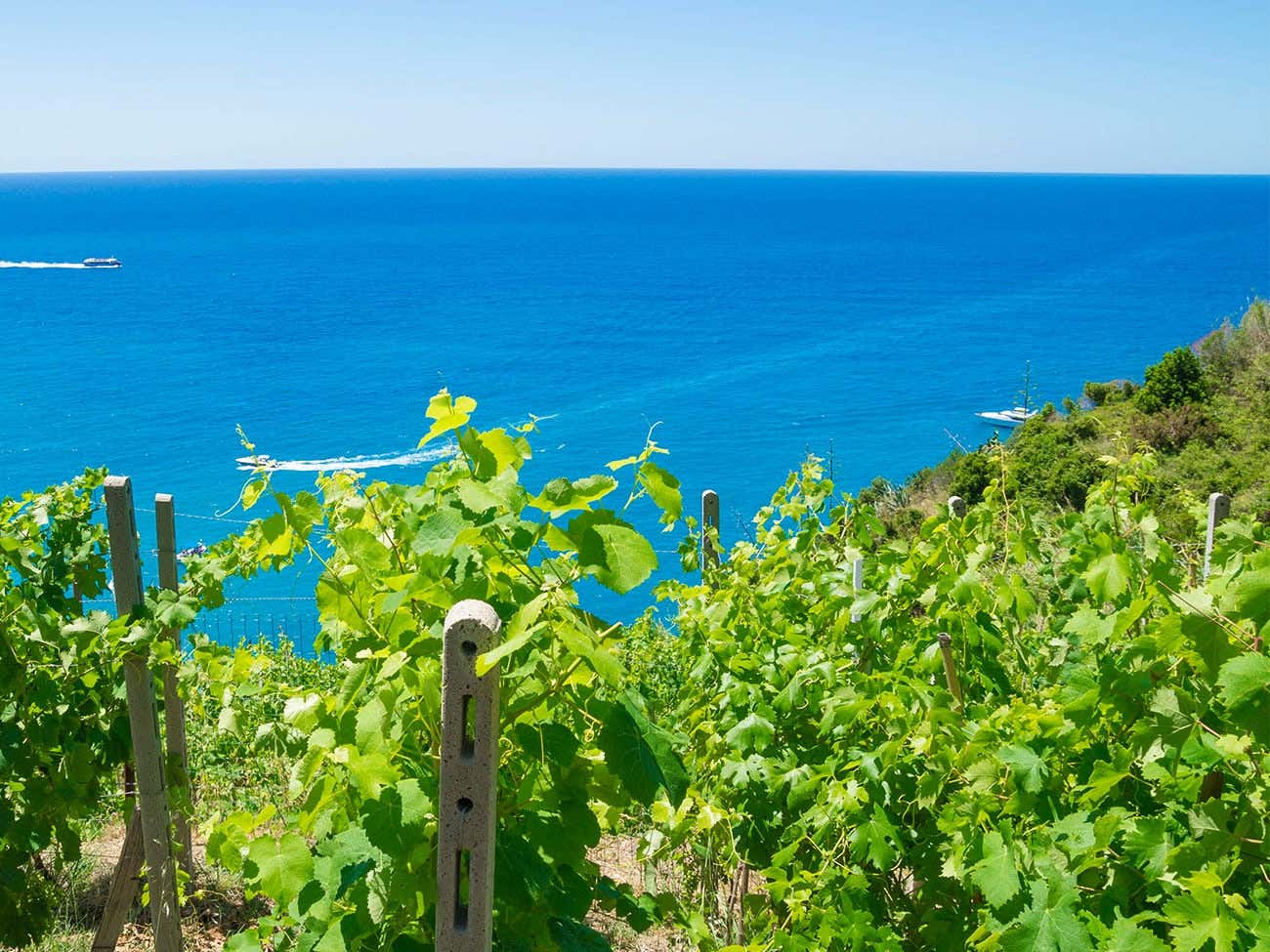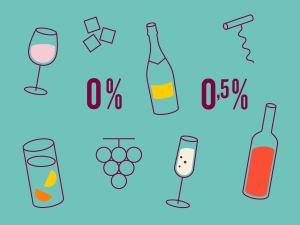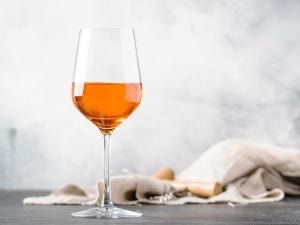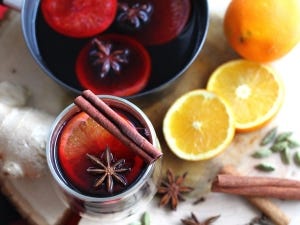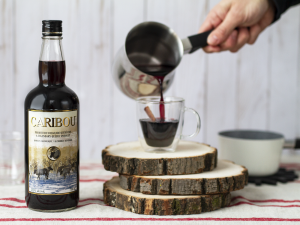“Volcanic wine has been popular since classical antiquity. In Homer’s Odyssey, Odysseus frees his men by getting the Cyclops Polyphemus drunk on wine from Etna,” said sommelier Samuel Dubois
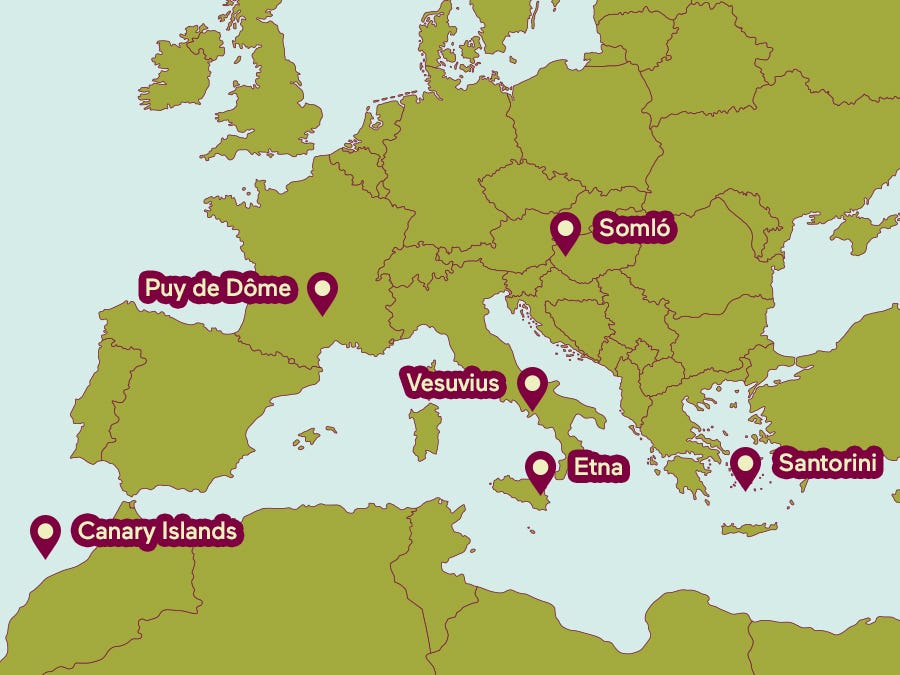

What these wines all have in common is that they come from areas where there is or was an active volcano. Some examples include Puy de Dôme in Auvergne, France, Etna in Sicily, Vesuvius near Naples (which is where Lacryma Christi—meaning Christ’s tear—is produced), Santorini in Greece, the Canary Islands and other lesser-known terroirs like Somló in Hungary. North America also has wines from a volcanic terroir: Napa Valley in California.
Samuel has noticed a fervour for these vintages both in his day job at the SAQ and when he hosts themed workshops (French only) at the ITHQ. He attributes this popularity to Quebecers’ curiosity and the diversity of products found at the SAQ. “It’s the top wine purchaser in the world,” he noted.
“I like to begin my workshops by saying that we’re discovering artisans who aren’t afraid of the apocalypse!” added Samuel. It really does ignite the imagination when you picture grapevines growing on a volcano, with the threat of being burned to a crisp at any moment. And, let’s not forget that Mount Etna is still an active volcano! Samuel is fascinated by the fact that these wines, which come from the four corners of the globe and therefore from a wide range of grape varieties, climates, geologies and winemaking traditions, often share common characteristics
“Most volcanic wines have a sophisticated aroma and mouthfeel, as well as fruity, floral, spicy, and sometimes smoky notes. Basically, the minerality really comes through,” noted the sommelier, adding that this popular yet subjective term isn’t used by all experts.
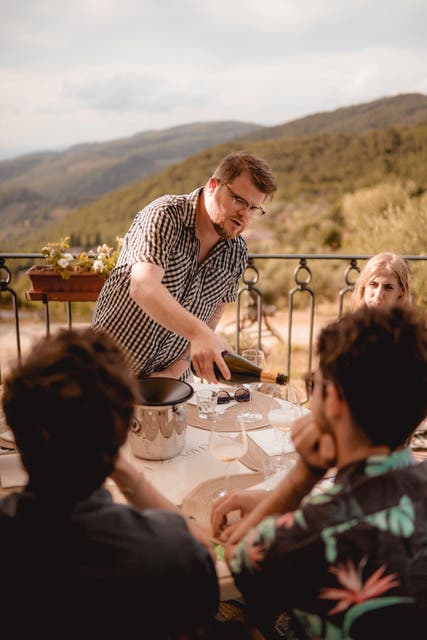

Samuel Dubois, sommelier and SAQ employee
The chemistry of soil
For Benoît Marsan, the link between volcanic geology and the organoleptic properties of wines from these terroirs isn’t so black and white.
“You can’t always trust your perceptions,” said the chemist, who teaches a class that’s open to the public on science and wine at UQAM (French only). Vinora, a wine association in the Auvergne–Rhône–Alpes region in France, tasked Benoît with shedding light on the matter. In a study conducted in collaboration with chemist Christian Coelho and master sommelier John Szabo, he analyzed the chemical composition of wine produced in the four sectors of Côtes d’Auvergne AOC, located at the foot of Puy de Dôme, a volcano in the Chaîne des Puys mountain range that has been dormant for thousands of years.
“We wanted to eliminate as many of the variables as possible, so we focused on a single varietal, Gamay, grown in two types of terroir—clay-limestone and soil derived from basalt, a type of rock formed by the crystallization of lava. The grapes were harvested at the same time for the 2020 and 2021 batches, the same yeast was used and the wine was aged for six months in stainless steel tanks before being filtered and bottled,” the researcher explained.


Benoît Marsan, chimiste
Twenty French and Canadian experts participated in a blind taste test and came to the same conclusion as the chemical analysis—the Gamay vintages from the volcanic terroir are different from the ones from the clay-limestone terroir. “They have a ruby hue that tends towards yellow, a more pronounced fruity aroma, less acidity, great balance, and more intense peppery and smoky notes,” said the researcher.
Where there's smoke, there's fire
It may be tempting to draw a line between volcanic lava and the smoky notes of these wines—or even their minerality—but the explanation lies elsewhere.
“Volcanic terroirs don’t have a lot of organic matter. They’re weak in nitrogen, so the yeast produces more hydrogen sulfide during fermentation, which promotes reduction aromas such as smoky notes,” explained Benoît.
The lower acidity is due to the higher levels of potassium in the soil, which increases the wine’s pH. Samuel added that the abundance of other minerals like phosphorus, calcium and magnesium benefits the growth of the vines and the quality of the grapes—and, in turn, of the wine.
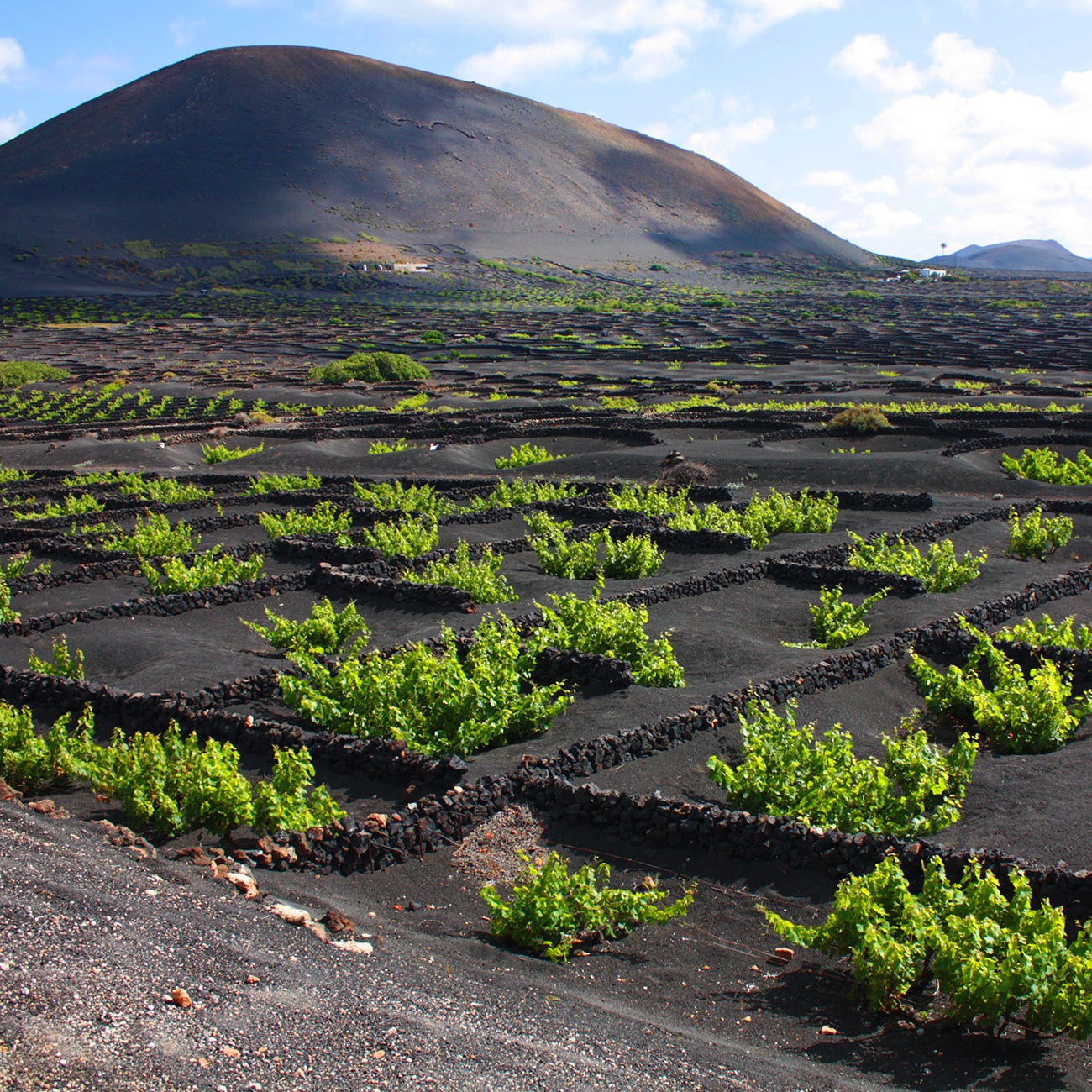

Located in the Canary Islands, Lanzarote vineyard’s most unique characteristic is the volcanic soil upon which it grows.
All that’s left is to validate people’s general impression and see whether other wines originating from volcanic terroirs have shared qualities. Benoît plans on checking this by applying the same methodology to vintages from different regions. “It’s hard to reach a consensus on the way chemical compounds in the soil express themselves in wine. That being said, there’s certainly a continuum that depends on a multitude of factors,” he concluded. One thing’s for sure: volcanic terroirs will continue to get folks fired up.
“Every time I suggest these wines, people’s eyes get big like dinner plates,” said Samuel. They aren’t just delicious—they capture the imagination!
Give these volcanic wines a try
We recommend
-
Read more
The year is drawing to a close and soon we’ll be raising a glass to 2024. What will this new vintage have in store for us? We spoke to a few experts (and one amateur!) to get a clearer picture.
-
Read more
A maritime climate influences the culture of wine-growing in a variety of ways. The role of the sea is palpable even once the wine has reached the glass.
-
Read more
Gochujang, bone broth, soy sauce, miso, Parmesan... This may look like a grocery list, but it’s a sample of the ingredients being used in cocktails by two trendy Montreal bars. Here, we take a deep dive into the fifth taste dimension of the world of cocktails—umami.
 Access to SAQ Inspire personalized services and store inventories are unavailable at the moment.
Access to SAQ Inspire personalized services and store inventories are unavailable at the moment. Free in-store delivery with purchases of $75+ in an estimated 3 to 5 business days.
Free in-store delivery with purchases of $75+ in an estimated 3 to 5 business days. 
